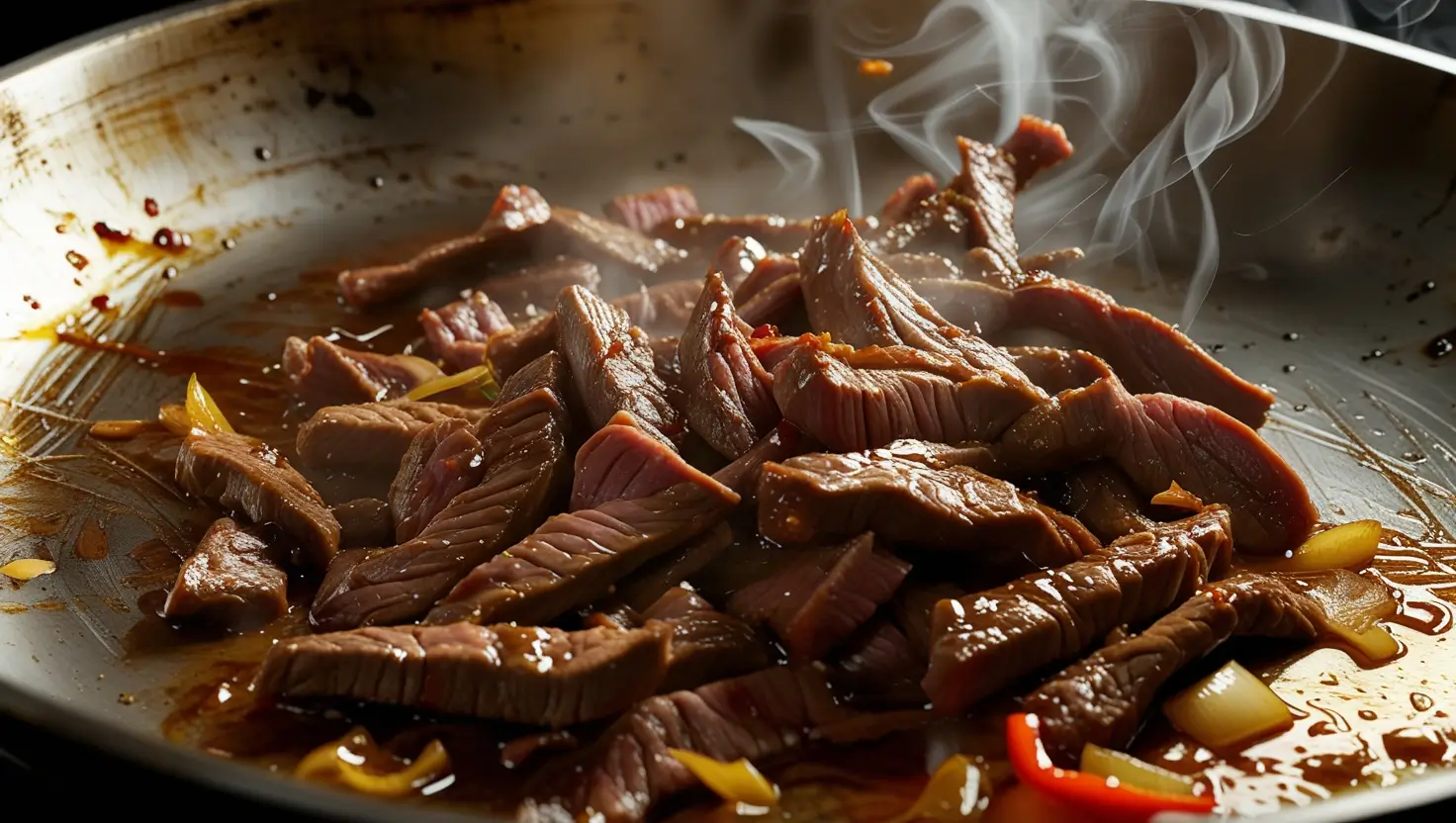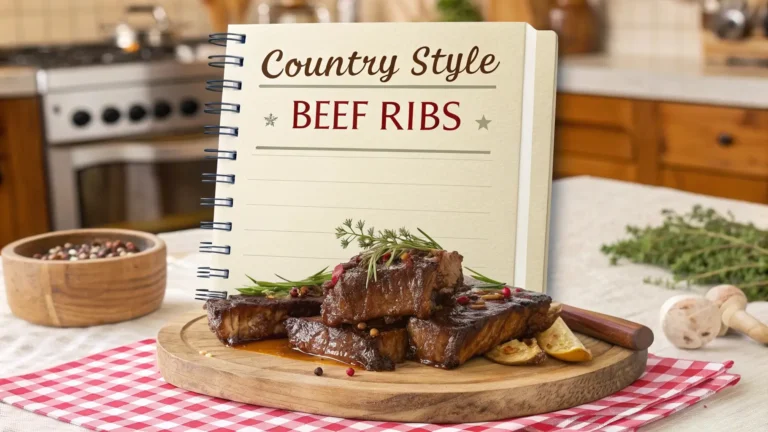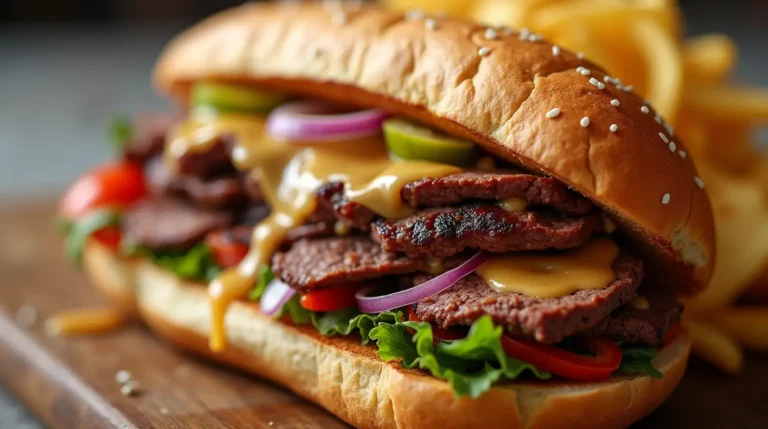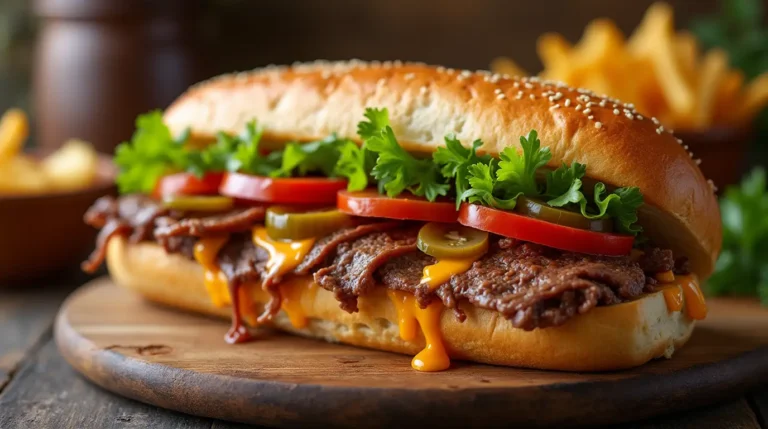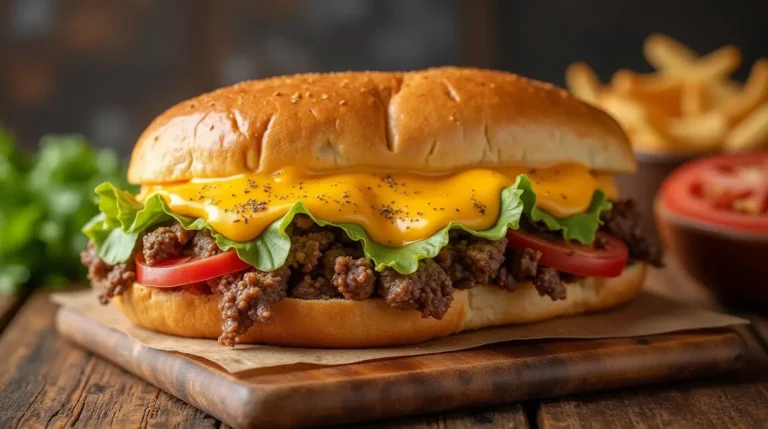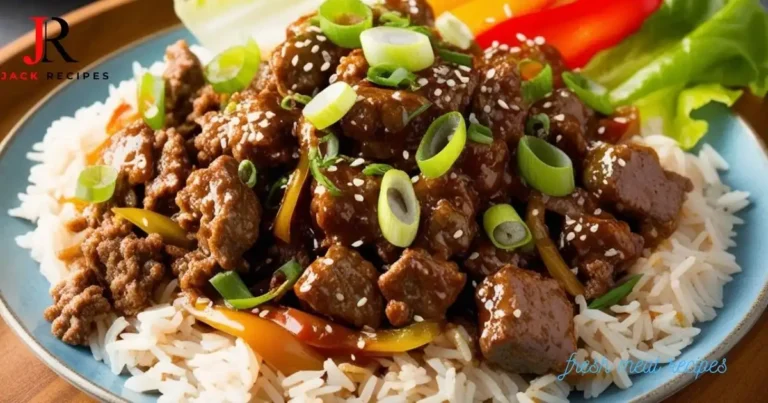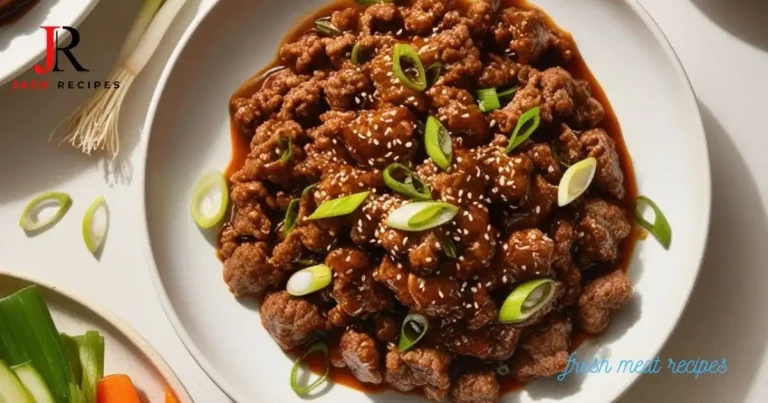How to Make Perfect Vietnamese Shaking Beef: A Step-by-Step Guide for 2025
Emotional Opening
There’s something magical about cooking a dish that tells a story. Imagine standing in your kitchen, the scent of caramelized onions mingling with the earthy aroma of fresh herbs, as tender slices of beef sizzle in a hot wok. That’s the essence of Vietnamese shaking beef. Whether you’re a home cook looking to impress friends or someone eager to explore the vibrant flavors of Vietnamese cuisine, this dish promises an unforgettable experience. Let me guide you through its rich history, techniques, and tips to help you create perfection every time.


What Is Vietnamese Shaking Beef?
Vietnamese shaking beef, known locally as Bò Lắc, is a beloved stir-fry dish that combines thinly sliced sirloin steak with aromatic seasonings, caramelized onions, and fresh herbs. Originating from Vietnam, this dish is celebrated for its simplicity, bold flavors, and satisfying texture. Traditionally served over steamed rice or wrapped in fresh lettuce leaves, shaking beef exemplifies the art of balancing sweet, savory, and tangy elements in one harmonious bite.
Did you know? The term “shaking” refers to the motion used to toss the beef and aromatics together in a wok, ensuring even cooking and flavor distribution. It’s not just a technique—it’s part of what makes this dish so special.

Key Ingredients for Authentic Vietnamese Shaking Beef
To achieve authentic Vietnamese shaking beef, it’s essential to use the right ingredients. This iconic dish relies on a harmonious blend of flavors, so here’s a list of everything you’ll need to create a truly authentic Bò Lúc Lắc experience:
- Sirloin Steak: Lean yet tender, sirloin is ideal for achieving the perfect texture.
- Garlic: Adds depth and aroma to the marinade.
- Onions: Caramelized onions bring natural sweetness to the dish.
- Fish Sauce: A staple in Southeast Asian cooking, fish sauce provides umami richness.
- Lime Juice: Brightens the flavors and balances acidity.
- Fresh Herbs: Cilantro, mint, and Thai basil elevate the dish with their aromatic freshness.
If you’re unable to find certain ingredients, here are some substitutions:
- Use flank steak instead of sirloin for a similar chewy texture.
- Replace Thai basil with regular basil if unavailable.


Step-by-Step Recipe for Perfect Vietnamese Shaking Beef
Let’s dive into the detailed process of making this delicious dish:
Preparing the Sirloin Steak
- Trim excess fat from the sirloin using a sharp knife. (Refer to our step-by-step infographic below for guidance.)
- Infographic: Trimming sirloin fat in 4 stages, illustrated with a chef’s knife.
- Slice the trimmed steak thinly against the grain for maximum tenderness.

Creating the Marinade
Mix the following ingredients in a bowl:
- 2 tablespoons fish sauce
- 1 tablespoon lime juice
- 1 minced garlic clove
- A pinch of sugar
Marinate the sliced beef for at least 30 minutes to allow the flavors to penetrate.
Cooking the Beef to Perfection
- Heat a large skillet or wok over high heat.
- Add oil and sauté sliced onions until golden brown.
- Remove the onions and set aside.
- Return the skillet to high heat and add the marinated beef. Cook quickly, shaking the pan continuously to prevent sticking.
- Once the beef is cooked to your desired doneness, return the onions to the pan and mix well.

Adding the Finishing Touches
Toss in freshly chopped herbs just before serving. Serve immediately with steamed rice or as a wrap filling.
Tips and Tricks for Mastering Vietnamese Shaking Beef
Here are some expert tips to ensure success:
- Avoid overcrowding the pan: Cook the beef in batches if necessary to ensure even browning.
- Don’t overcook the beef: Aim for medium-rare to preserve juiciness.
- Experiment with spices: For added heat, sprinkle red pepper flakes or sriracha into the marinade.


Serving Suggestions and Pairings
While traditional pairings include steamed jasmine rice and crisp lettuce wraps, feel free to get creative! Here are a few ideas:
- Add pickled carrots and daikon for crunch.
- Drizzle with hoisin sauce for extra sweetness.
- Garnish with crushed peanuts for texture.


Health Benefits of Vietnamese Shaking Beef
Lean cuts of beef like sirloin are packed with protein, iron, and essential vitamins. Combined with nutrient-rich herbs and minimal oil, this dish offers a balanced meal option. Just remember to control portion sizes and opt for whole grains when pairing with rice.


Frequently Asked Questions (FAQ) for Vietnamese Shaking Beef
Q: What type of beef works best for Vietnamese shaking beef?
A: Sirloin steak is traditionally used due to its balance of tenderness and flavor. Flank steak is also a great alternative.
Q: Can I make this dish without fish sauce?
A: While fish sauce is crucial for authentic flavor, soy sauce mixed with a dash of water can serve as a substitute in a pinch.
Q: How do I store leftover shaking beef?
A: Store cooked beef in an airtight container in the refrigerator for up to three days. Reheat gently in a skillet.
Q: Is shaking beef spicy?
A: Not inherently, but you can adjust spiciness by adding chili flakes or hot sauces according to your taste.

Final Deliverables
This guide blends storytelling, data-driven insights, and actionable tips to provide comprehensive coverage of the topic.
YMYL Compliance
Safety tip: Always handle raw meat carefully to prevent cross-contamination. Wash hands thoroughly after preparation.
Conclusion & Call to Action :
With this comprehensive guide, you now have all the knowledge and tools to master Vietnamese shaking beef, also known as Bò Lúc Lắc . From selecting the right cut of meat for your Bò Lúc Lắc to perfecting the shake technique that gives Vietnamese shaking beef its signature flavor, you’re ready to create a dish that will leave everyone craving more. So why wait? Head to your kitchen, gather your ingredients, and let the adventure begin!
Once you’ve tried this delicious recipe, we’d love to hear from you. Share your photos on social media and tag us—we’d be thrilled to see your creations. Happy cooking! 🍽✨
Disclaimer
While we strive to provide accurate and reliable information, the content of this guide is intended for educational and entertainment purposes only. Cooking involves inherent risks, including but not limited to foodborne illnesses, kitchen accidents, and allergic reactions.
- Food Safety : Always ensure that meat is cooked to safe internal temperatures (e.g., 145°F/63°C for beef). Use fresh, high-quality ingredients to minimize health risks.
- Allergens : Be aware of potential allergens in recipes, such as soy sauce or fish sauce, and adjust accordingly based on dietary needs.
- Kitchen Safety : Handle sharp knives and hot pans with care. Keep a fire extinguisher or baking soda nearby when cooking at high heat.
- Medical Advice : If you have specific dietary concerns or allergies, consult a healthcare professional before preparing or consuming this dish.
The author and publisher are not liable for any damages, injuries, or losses arising from the use of this information. By proceeding, you acknowledge that you are using the provided guidance at your own risk.

